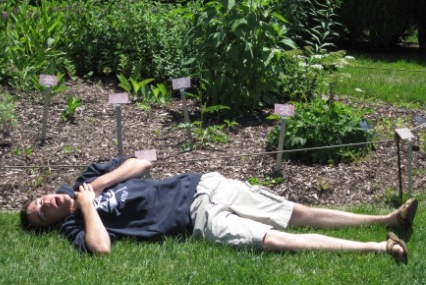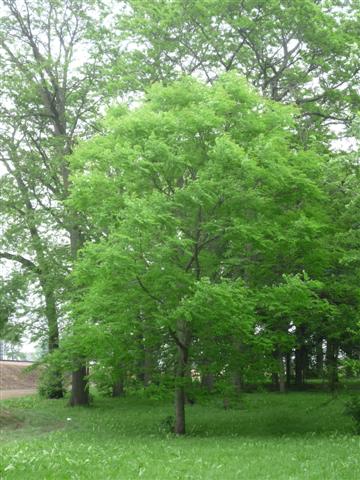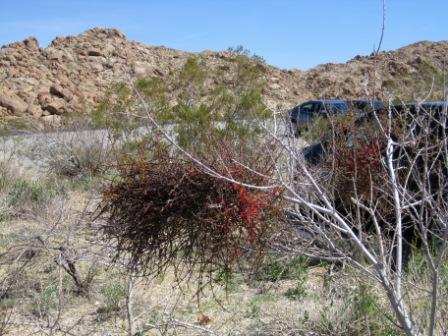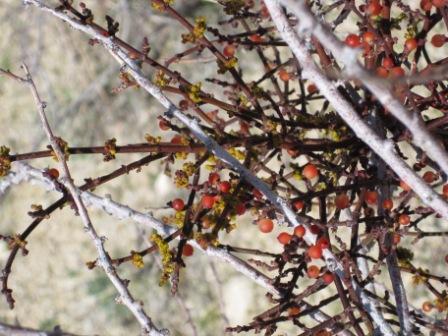One of the best cures for writers’ block for a Garden Professors is to spend a little time in front of the tube watching home gardening shows. Now, to be sure, there are useful nuggets of information that can be gleamed from an hour or so of gardening or landscaping on HGTV or PBS Create. But there are moments when I just stare at the TV in disbelief and go, ‘Have these people lost their frickin’ minds?’
A recent case in point, a half-hour gardening show devoted to installing an ‘allergy free’ backyard for a youngster, we’ll call him Billy, with environmental allergies. Let me state up front I am in no way minimizing the seriousness of environmental and related allergies. I suffer wicked seasonal allergies (yes, I know, poor career choice) and I have several close friends whose children have severe allergies. I realize allergies can seriously affect quality of life and, in the cases of some food and insect allergies, can be a matter of life or death. And I realize that a parent will do just about anything to keep their kid healthy. Nevertheless, some of the practices promoted on this show strained all manner of credibility.
First, since Billy is allergic to grass, the landscaper replaced all of the grass in the backyard with synthetic turf. Grass allergies are among the most common allergies but what is it about grass that most people are allergic to? Pollen. According the National Institutes of Health just keeping grass mowed is a simple preventative measure to reduce grass pollen. Synthetic grass may have issues of its own with molds and there are remaining uncertainties regarding the safety of the used-tire derived crumb rubber used in some fake turf. And if Billy has issues with pollen, I saw a much bigger problem looming like an 800 lb gorilla as the camera panned back from the picture-perfect synthetic lawn: Trees, specifically dozens of oaks and pines in the woodlots beyond the backyard. I joined the show part way through but the overall landscape looked like the Southeast, perhaps Georgia or the Carolinas. Even if the fake turf does reduce grass pollen in the back yard, Billy will scarcely notice as a yellow-green cloud of tree pollen envelops his house every spring.
Next, in addition to wanting a place to play, Billy wanted a vegetable garden. Actually, given Billy’s obvious disinterest during this part of the show I don’t think he was really that interested in vegetables but the producers knew they couldn’t fill a 30 minute show with just fake turf. Assuming Billy really was into vegetables the solution, of course, was an organic garden. Why an organic garden is a panacea for allergy sufferers was never explained in the show; apparently pollens and molds don’t hang out in organic gardens. The choice of vegetables was curious as well. Billy got to plant squash and watermelons; guess no one bothered to tell Billy that cucurbit allergies are among the most common food allergies for people predisposed to pollen allergies. For good measure, Billy got to plant some corn – doubt that could ever produce any pollen…
Bottom-line: take the info from the garden shows with a grain of salt and consider the source of the information. Often times these shows are limited to whatever local source they could dredge up. Do you really want to rely on a landscape contractor to make decisions about your child’s allergies and health? Enjoy the shows but keep your skepticism handy and be ready to do some fact checking on your own.








